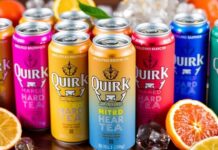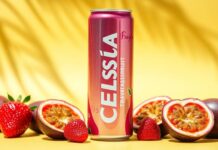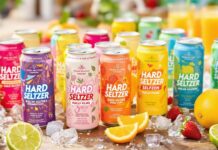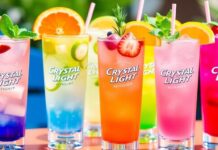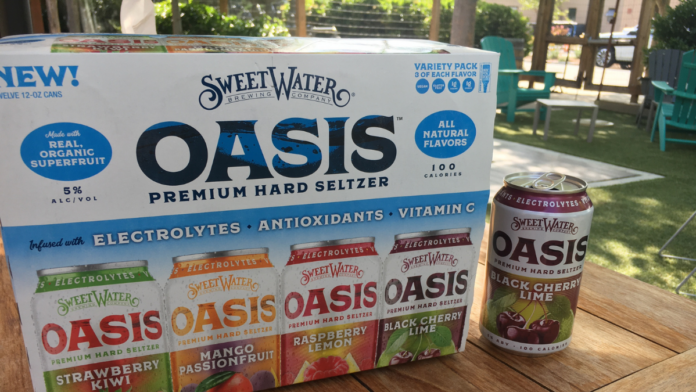Experts at Cornell’s Nolan School of Hotel Administration are researching hard seltzer. Douglass Miller, a lecturer at the prestigious institution, has provided the public with his insights regarding why exactly the bubbly beverage continues to dominate the market.
“There are a lot of theories about why hard seltzers are so popular right now,” Milled stated in an interview with Food Processing. Miller, whose lengthy resume includes more than 30 years of experience in the hotel and restaurant industry, has lectured at Cornell for over five years. The Nolan School at Cornell is “the only Ivy League program of its kind,” according to its website. In addition to being a former professor at the Culinary Institute of America, Miller is also a Certified Specialist of Spirits as well as a Certified Cicerone.
“One [theory] is that there’s always been a segment of the population that is agnostic on beverage choices – they select a beverage based on the situation rather than what the beverage is, and seltzers are a lifestyle choice,” explained Miller, who is currently compiling research about the hard seltzer industry with Adam Carmer. Carmer is an assistant professor at the University of South Florida’s School of Hospitality and Tourism Management.
What type of lifestyle does the hard seltzer category support? Hard seltzers are known to contain very few grams carbohydrates and sugars, if any at all. The beverages are a fit for most healthy and active lifestyles as well as low carb diets, such as the popular keto diet. Seltzers have also become the unofficial drink of summertime and vacations. Hard seltzer consumption is typically highest during the summer, skyrocketing around the 4th of July just in time for warm weather, beach trips and barbeque parties.
Hard seltzers have become the drink of choice amongst lifestyle trendsetters such as Gen Z consumers. A survey published by the Generation Lab earlier this summer concluded that Gen Z sees hard seltzer as “on the rise” within the college-aged community. According to surveyed students, Mark Anthony’s White Claw, for instance, was perceived to be the “coolest” brand beating over a dozen other beer, wine and seltzer brands for the title.
Miller also pointed to the Millennial consumer’s affinity for sparkling water. Millennials came of age enjoying non-alcoholic carbonated water brands such as La Croix. It isn’t surprising that they now reach for hard seltzers at an overwhelming rate. According to another recent survey, Millennials are drinking more hard seltzers than craft beers. As a result, even the largest alcohol beverage companies are investing in expanding their hard seltzer portfolios and shying away from rich, calorie-dense craft beers.
Additionally, Miller suggested that hard seltzer is perceived to be a “gender neutral” drink, appealing to a wider demographic than beer–which is often associated with being a “man’s drink.” The researchers at Nielsen agree with Professor Miller. The market research company determined that hard seltzers are not favored by any one particular gender. However, according to data, the beverages are preferred by drinkers within the ages of 21 to 44, a formidable range.
Professor Douglass Miller is helping to explain what has fueled the hard seltzer movement and why the beverages keep gaining traction. His research at Cornell’s Nolan School will continue to prove useful as the hard seltzer category matures and evolves.
- Seltzer Category Expanded for 2022 Craft Beer Marketing Awards - February 11, 2022
- Drifter Expands Portfolio with Nordic-Style Gin - January 18, 2022
- Tilray Acquires Green Flash and Alpine Beer - December 22, 2021


